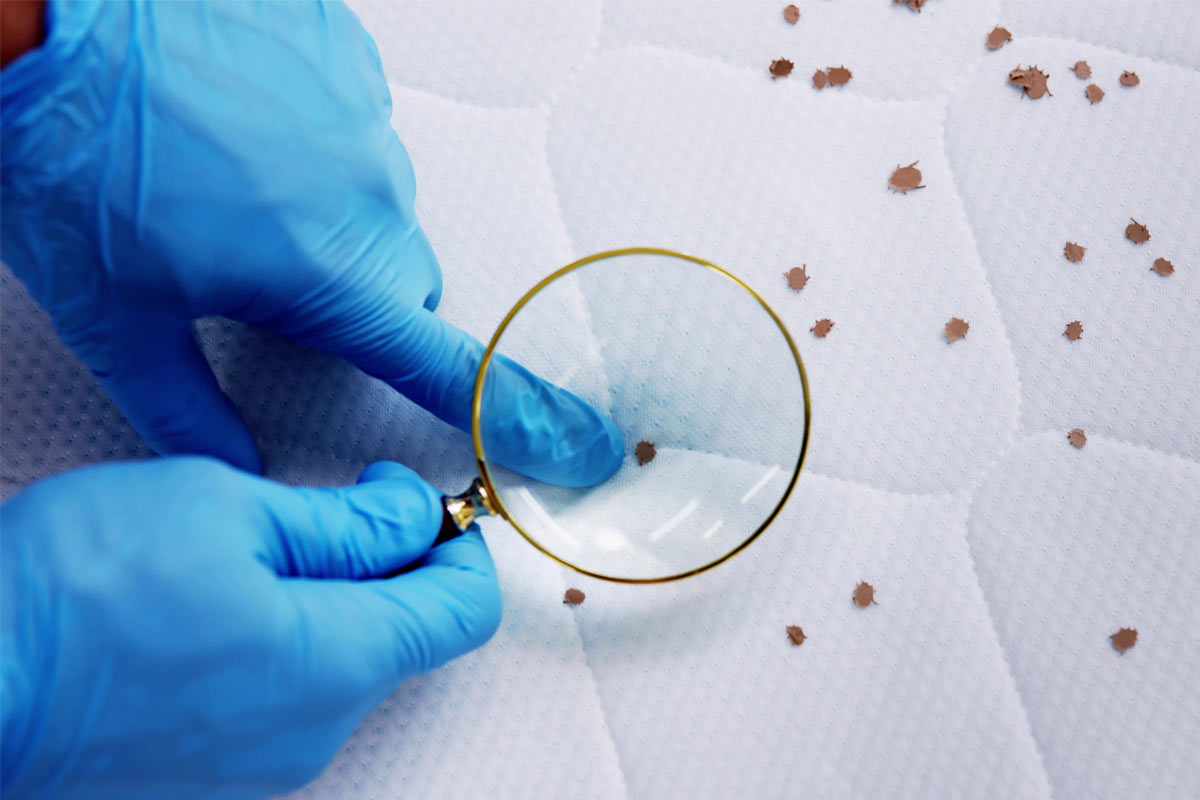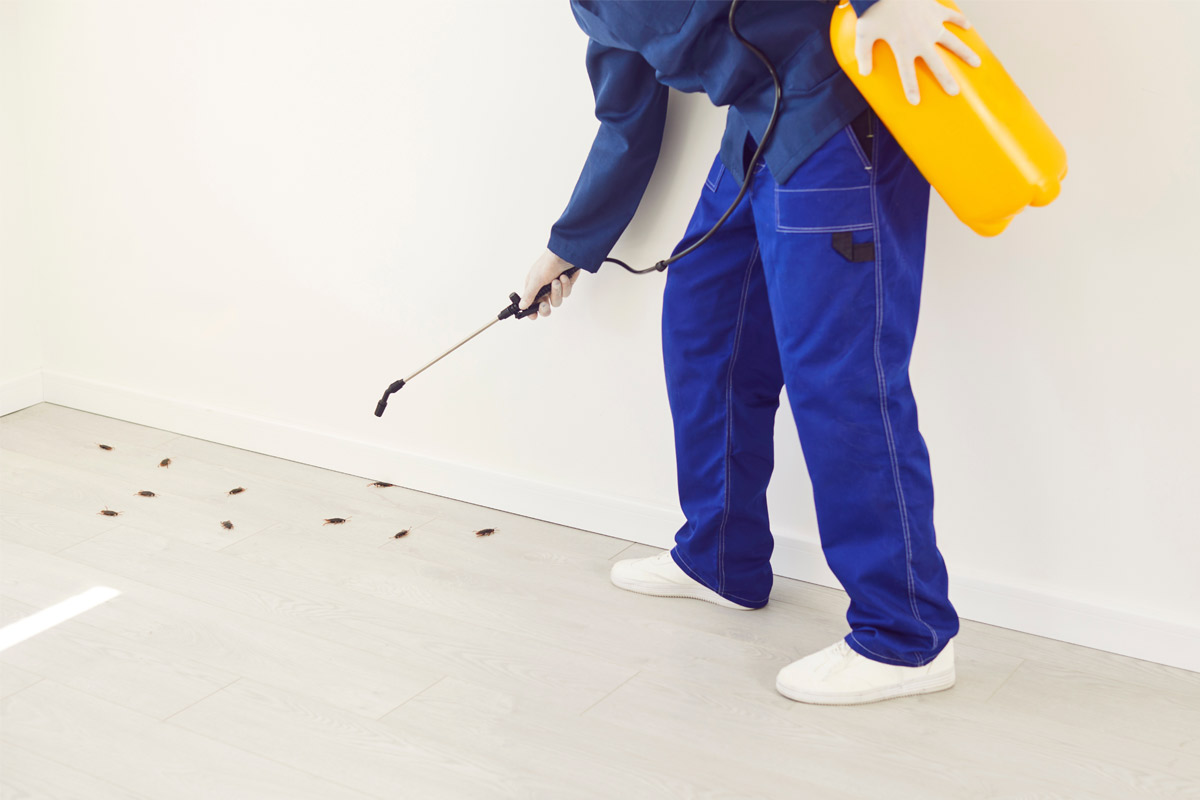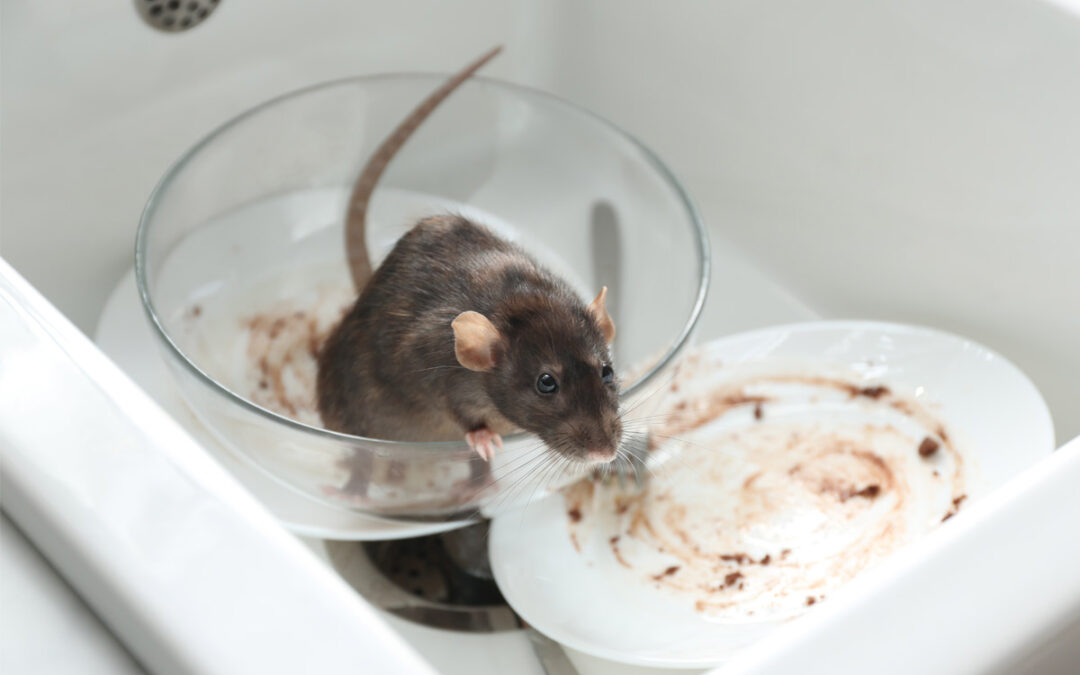Small pests often go unnoticed, which is exactly why they’re dangerous. Their size allows them to slip into your home, multiply, and spread before you even realize there’s a problem. These tiny intruders can lead to serious property damage, food contamination, and even health risks if they aren’t handled early.
Proper pest control is not just about stopping the obvious signs. It’s about preventing the damage that comes from what you don’t see. Small pests can hide behind walls, furniture, or food supplies. When you notice them, the infestation may already be extensive and harder to eliminate. The earlier you act, the better your chances of avoiding costly repairs and prolonged exposure to harmful contaminants.
Why Small Pests Are a Serious Concern
Many homeowners overlook small pests because they seem harmless at first. But what starts as a few insects or droppings can quickly turn into a large-scale issue. Some pests can reproduce rapidly, while others stay hidden for months before any damage becomes visible.
Tiny pests are also harder to eliminate. DIY methods might kill a few, but they rarely address the source. Without professional pest control, these infestations tend to return, sometimes worse than before. Over-the-counter sprays and traps may appear effective in the short term, but pests often adapt or relocate deeper into your home.
Ignoring the problem doesn’t save money—it invites more damage. In some cases, the costs of fixing what pests ruin can be thousands of dollars. This includes structural repairs, replacing contaminated food, and addressing health problems triggered by allergens or bites. Timely pest management ensures your home stays safe, clean, and damage-free.
10 Tiny Pests That Can Cause Big Problems

Even small pests can create serious problems in your home. They damage property, spread germs, and can be hard to get rid of without proper pest control.
- Ants
Ants are easy to spot, but that doesn’t make them easy to control. Carpenter ants, in particular, tunnel through wood, weakening your home’s structure. Like sugar ants, others go after your pantry, contaminating food with bacteria. Ants follow scent trails, so killing a few won’t stop the rest.
If you ignore them, they’ll keep coming back, often in larger numbers. Targeting the colony and queen is the only way to solve the issue in the long term. Store-bought ant baits may only offer temporary relief. Regular inspections and professional-grade baiting systems are usually more effective.
- Termites
Termites are one of the most destructive pests, yet they’re rarely seen. They live behind walls, under floors, and inside wooden beams. You might only notice them when the damage is already severe. Termites feed constantly and silently, which makes them even more dangerous.
Without treatment, they can destroy your home’s structure, requiring costly and extensive repairs. Annual inspections and professional-grade barriers help reduce the risk. In areas prone to termites, ongoing monitoring and treatment plans are essential for long-term protection.
- Cockroaches
Cockroaches thrive in dark, warm places like behind appliances and inside cupboards. They carry bacteria and can spread it across your counters, dishes, and food. Even worse, their droppings and skin sheddings can trigger allergies and asthma. Roaches are hard to kill because they reproduce fast and hide well.
They can survive without food for weeks and quickly develop resistance to over-the-counter sprays. Cockroaches are especially dangerous in homes with children or elderly residents. A professional pest control plan is often necessary to manage them effectively. Keeping your kitchen clean and sealing entry points can help reduce the risk.
- Bed Bugs
Bed bugs are tiny and hard to see until it’s too late. They hide in mattresses, furniture, and even behind baseboards. At night, they feed on human blood, leaving behind itchy, red bites. Bed bugs don’t spread disease, but their presence causes emotional stress and sleep disruption.
They multiply quickly and spread from room to room. Regular cleaning won’t eliminate them—only heat or chemical treatments will. Even hotels and public transit can be sources of infestation. Hiring a pest control company is often the only solution for large or repeated infestations.
- Fleas
Fleas often come in with pets, but they can also live in carpets, rugs, and bedding. Their bites are itchy and painful, and scratching can lead to infections. Fleas can also transmit diseases to pets and people. What makes them harder to remove is their life cycle—eggs and larvae can remain hidden for weeks.
Vacuuming helps, but it won’t reach fleas deep in fabrics. Adult fleas are just the tip of the problem. To break the cycle completely, you need a full-home treatment. Treating both your pets and your home at the same time is necessary for effective flea control.
- Ticks
Ticks are small but dangerous, often found in grassy yards or wooded areas. They latch onto pets or people and are hard to spot once they attach. Ticks can spread Lyme disease and other illnesses through their bites. These diseases may not show symptoms right away, making early treatment difficult.
Ticks are more common in certain seasons but can be present year-round. Keeping grass trimmed and using pest barriers can reduce risk. Infestations require professional help. Always check your pets and clothing after spending time outdoors to catch ticks early.
- Mice (Juvenile Rodents)
Baby mice are smaller than most people think—they can fit through holes as small as a dime. Their size allows them to enter homes unnoticed. Once inside, they chew on wires, furniture, and insulation. Mice also leave droppings that contaminate surfaces and food.
They reproduce quickly, and a small problem can grow fast. You’ll need to find and seal every entry point to keep them out. Traps alone won’t be enough to stop a growing population. Professional exclusion and baiting techniques are often necessary.
- Pantry Pests (Weevils, Grain Beetles, Moths)
Pantry pests ruin dry goods like flour, cereal, and pasta. They often sneak in through packaging and lay eggs directly in the food. Over time, infested food becomes unusable and needs to be thrown away. If not caught early, these pests can also spread to other pantry items.
Cleaning the shelves isn’t enough—you’ll need to toss affected goods and check for lingering eggs. Proper food storage can help prevent reinfestation. Inspect your groceries before bringing them inside. Consider using sealed glass or plastic containers to store dry goods.
- Spider Mites
Spider mites are common in houseplants and gardens. They are too small to see without magnification but leave visible damage behind. Leaves may turn yellow, dry out, and fall off. Mites thrive in hot, dry areas and spread quickly across plants.
Without treatment, they can wipe out your indoor greenery. Using insecticidal soap or calling a pest expert may be necessary. Moving affected plants away from others can also help limit the spread. Regular misting and keeping humidity levels balanced can deter infestations.
- Silverfish
Silverfish love moisture and dark areas like basements and bathrooms. They eat paper, glue, fabrics, and even dead skin cells. You’ll find them around bookshelves, wallpaper, and clothing storage. Though they don’t bite, they damage valuable belongings.
They move fast and reproduce quietly, making them hard to catch. Fixing leaks and reducing humidity are key, but pesticides may still be required. Ongoing prevention efforts are needed to keep them out for good. Consider using dehumidifiers in problem areas.
What Happens When You Ignore Small Pest Infestations
Ignoring small pest infestations can lead to bigger problems over time. These pests may seem minor at first, but they cause severe damage in many ways:
- Structural Damage
Termites and carpenter ants quietly eat through wood inside your walls, floors, and beams. Over time, the damage weakens the structure of your home and can lead to expensive repairs.
- Food Contamination
Pests like cockroaches, pantry moths, and rodents get into dry goods and spread germs on surfaces. This makes your food unsafe to eat and often forces you to throw out pantry items.
- Health Issues
Fleas and ticks can bite and carry diseases, while mouse droppings and roach residue can trigger allergies or asthma. These health risks are hazardous for children, pets, and older adults.
- Emotional Stress
Living with pests like bed bugs can cause sleepless nights, itching, and constant anxiety. The stress of repeated bites and failed DIY treatments can also affect one’s mental well-being.
- Higher Costs
Waiting too long to address a pest problem allows it to grow and spread. This leads to more serious damage that requires costly extermination and home repairs.
When You Should Call a Pest Control Professional

If you see signs of infestation like droppings, nests, damage to wood, or live pests during the day, it’s time to act. Strange odours, bite marks, or ruined food are also strong indicators. Pest control companies have tools and knowledge that go beyond store-bought products.
They’ll find the root of the problem, not just the symptoms. Early intervention helps protect your home and your family. Waiting too long often leads to higher repair costs and more invasive treatments. Pest professionals can also advise on long-term prevention strategies tailored to your home.
Protect Your Home with Mr. Pest Control – Trusted Pest Control in Alliston
Don’t wait until a small pest problem becomes a significant infestation. With reliable pest control in Alliston, Mr. Pest Control helps homeowners stay one step ahead of ants, termites, cockroaches, and more. Our expert team provides quick inspections, long-lasting treatments, and honest advice to protect your home year-round.
We understand how frustrating pests can be—and we know how to stop them for good. Call (705) 739-7378 to book your service today and keep your home pest-free with help from the professionals at Mr. Pest Control.



